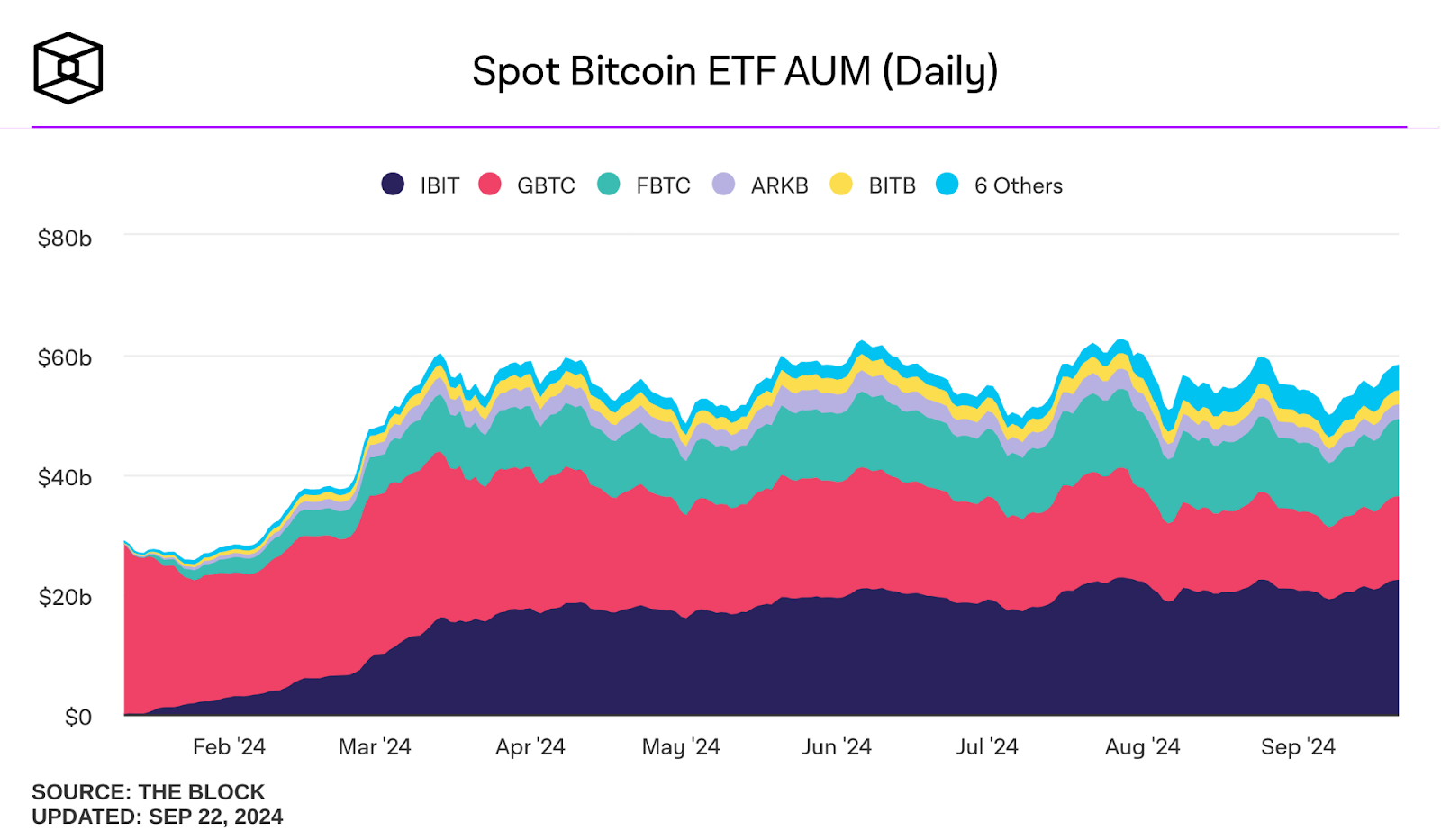The well-known provider of ETF and ETP WisdomTree has just published an interesting report that analyzes the impact of the Fed’s macroeconomic choices on the crypto sector.
The analysts Dovile Silenskyte and Blake Heimann highlight the historical trend of the Bitcoin chart with the trend of the Fed funds rate, highlighting a correlation.
It is worth noting, moreover, how in 2024 the crypto sector as a whole has shown a growing institutionalization in the wake of the success of the USA spot ETFs.
Let’s see all the details below
Summary
WisdomTree: the macroeconomic moves of the Fed and the influence on the crypto sector
The analysts Dovile Silenskyte and Blake Heimann, respectively Digital Assets Research and Quantitative Research at WisdomTree, study the influence of the Fed on the crypto sector.
In their latest report, they show how the macroeconomic choices of the Federal Reserve have a strong impact on the trend of Bitcoin and the entire cryptographic market.
Historically, in fact, when Presidents Ben Bernanke, Janet Yellen and Jerome Powell have supported a phase of quantitative easing, speculative products have tended to perform well.
When instead the Fed officials chose to adopt a policy of tightening easing, the risk-on markets showed graphical weakness.
This influences WisdomTree’s thesis that a framework of low rates on US Government Bonds supports the price of major crypto in a bull market.
On the contrary, a scenario of high interest rates, like the one observed in mid-2022, favors a decline in prices on the crypto front.
Generally, this assumption is also valid for stock indices and single stock, conceived as speculative investment products.
The basic concept is that in a low-interest-rate environment, investors are more inclined to seek gains in riskier investments, while with high rates they “settle” for bond returns.
It is not a coincidence, therefore, if the recent 50-point cut by the Fed has triggered a bull phase in the short term on S&P500 and crypto.
Fed announces surprise 50bps rate cut.
— Dan McArdle (@robustus) March 3, 2020
Bitcoin: pic.twitter.com/BBisO9b83n
Very interesting to also mention the thesis of Elliot Wave International, according to which it is the Fed itself that follows the market trend with rate cuts and not vice versa.
The 2-year yields of U.S. Treasury indeed seem to historically move in advance compared to the macro moves of the U.S. federal bank.

Bitcoin chart compared with the trend of Fed funds rate
According to the report by WisdomTree, Bitcoin and the crypto sector report positive performance in the market when the Fed applies an expansive monetary policy.
Comparing the chart of the major cryptocurrency with the historical trend of the Fed funds rate we immediately notice this technical correlation.
From March 2020 to February 2022, when yields on rates were almost zero at 25 basis points, Bitcoin grew by approximately 500%.
In the same period, the S&P500 index of the major listed companies in the United States observed a price increase of about 70%.
When, however, from March 2022 until the following year, the Fed began to lower its aim with a restrictive monetary policy, prices moved in the opposite direction.
Bitcoin has lost 60% while the S&P500 (less volatile than the crypto) has dropped by 10%.
It seems clear therefore that, beyond the assumptions of WisdomTree, there is astrong dependence between interest rates and the performance of risk-on assets.
This is because investors by nature always aim for a higher return for their portfolio and are constantly seeking opportunities.
We remind you in any case that in the past, such marked interventions by the FED with sharp rate cuts of 50 points or more have almost never been viewed favorably by the market.
In the years 2000 and 2008, in conjunction with similar maneuvers by the federal entity, the US markets experienced years of significant bear.

The institutionalization of Bitcoin and crypto in 2024 according to WisdomTree
According to WisdomTree, it is not only the Fed that influences the trend of Bitcoin and the crypto market but there are external factors to it.
The year 2024 was, for example, a year that we will remember for a long time as the period of the institutionalization of digital resources.
More and more institutional investors are indeed embracing the expansion of the crypto world, in conjunction with US regulation.
In June, there was the approval by the SEC of spot crypto ETFs on Bitcoin, while in May there was the approval of the same products on Ethereum.
This event opened the doors to direct investments from wealthy investors who until then had been resilient to exposing themselves through platforms not guaranteed by the State.
The results are tangible: the crypto market has seen the entry of about 500 billion dollars since January 2024, going from 1.7 to the current 2.2 trillion dollars.
In particular, on Bitcoin ETFs, volumes of 410 billion dollars have been traded to date, with a cumulative netflow of 17.7 billion dollars.
The overall AUM of these products has reached the level of 57.5 billion dollars, managed primarily by BlackRock, Grayscale, Fidelity, and ARK.

The global space of crypto index ETPs has also recorded significant inflows, with over 16 billion dollars in entries since the beginning of the year.
The avalanche of assets flowing into these products over the course of the year highlights the trend towards adoption and the popularity of ETPs as a tool to access this emerging and rapidly growing asset class.
According to WisdomTree, this scenario will have a favorable effect also on other crypto such as Solana and Ethereum, which are experiencing moments of strong appeal in the market.
The moves of the Fed could have less and less power to change crypto prices as these products are embraced by large investors.
 en.cryptonomist.ch
en.cryptonomist.ch